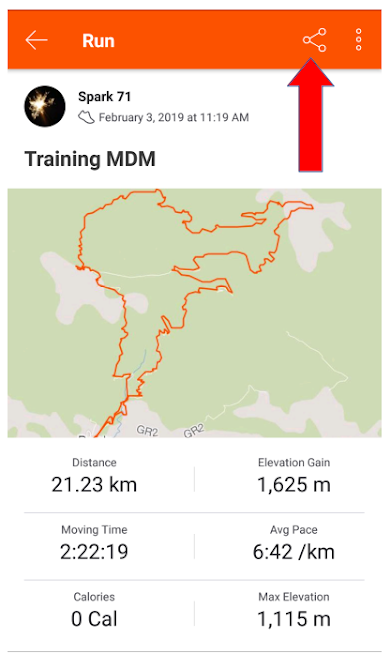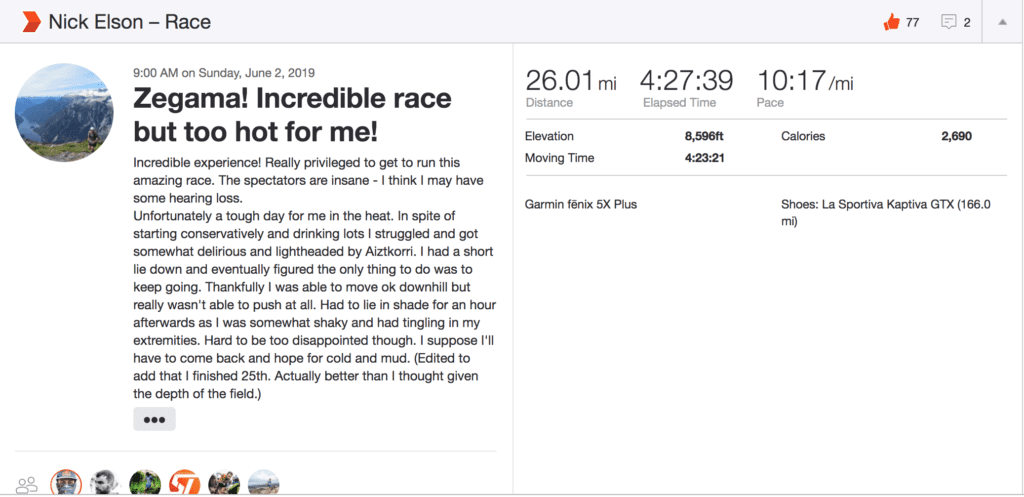
With nearly 100 million users, the Strava community is massive and developers have leveraged that by giving Strava premium users access to historical data associated with a trail.

Strava recognised that much of the challenge in starting at that new mountain bike trail, or two-day adventure ride, is finding the drop-in point. Trail Routes also has recommended start points, helping you avoid looking like a total newbie when arriving at an unfamiliar trail for that first ride. This gives you a great idea of what the topography on your route might ‘feel’ like riding. What makes Trail Routes so handy is 3D mapping and route visualisation.

Strava’s latest Trail Routes update, released in June, is a notable product enhancement for off-road riders. The app’s new Local Legend ear does a similar thing to the KOM/QOM rankings but rather measures the rider’s frequency over certain segments rather than the fastest times. Strava’s King of the Mountain/Queen of the Mountain (KOM/QOM) feature, where riders can rank on a nearly inexhaustible array of riding segments, plays straight into the psychology of comparative obsession inherent to riding. User interface developers know that humans are predisposed to being virtually competitive: you’ll keep checking your placing on any digital ranking with a fanatical frequency.

What makes Strava so addictive is the prestige of performance: those KOMs and leaderboard rankings. Strava will track your elementary ride statistics – distance, elevation – but where it becomes valuable is adding those personal performance parameters: heart rate and power output. Strava update 2020 leaderboard, by Rachael Wight


 0 kommentar(er)
0 kommentar(er)
